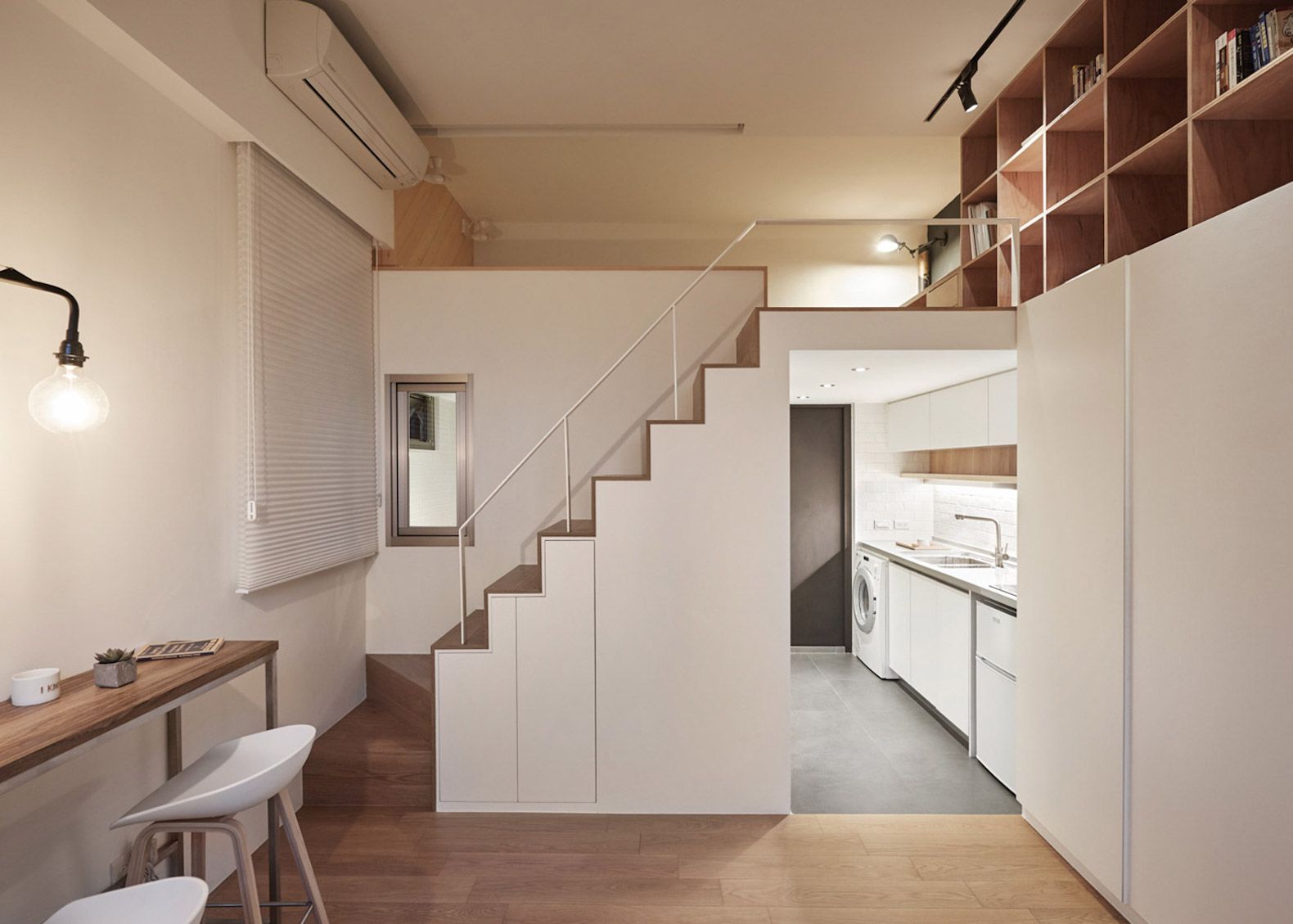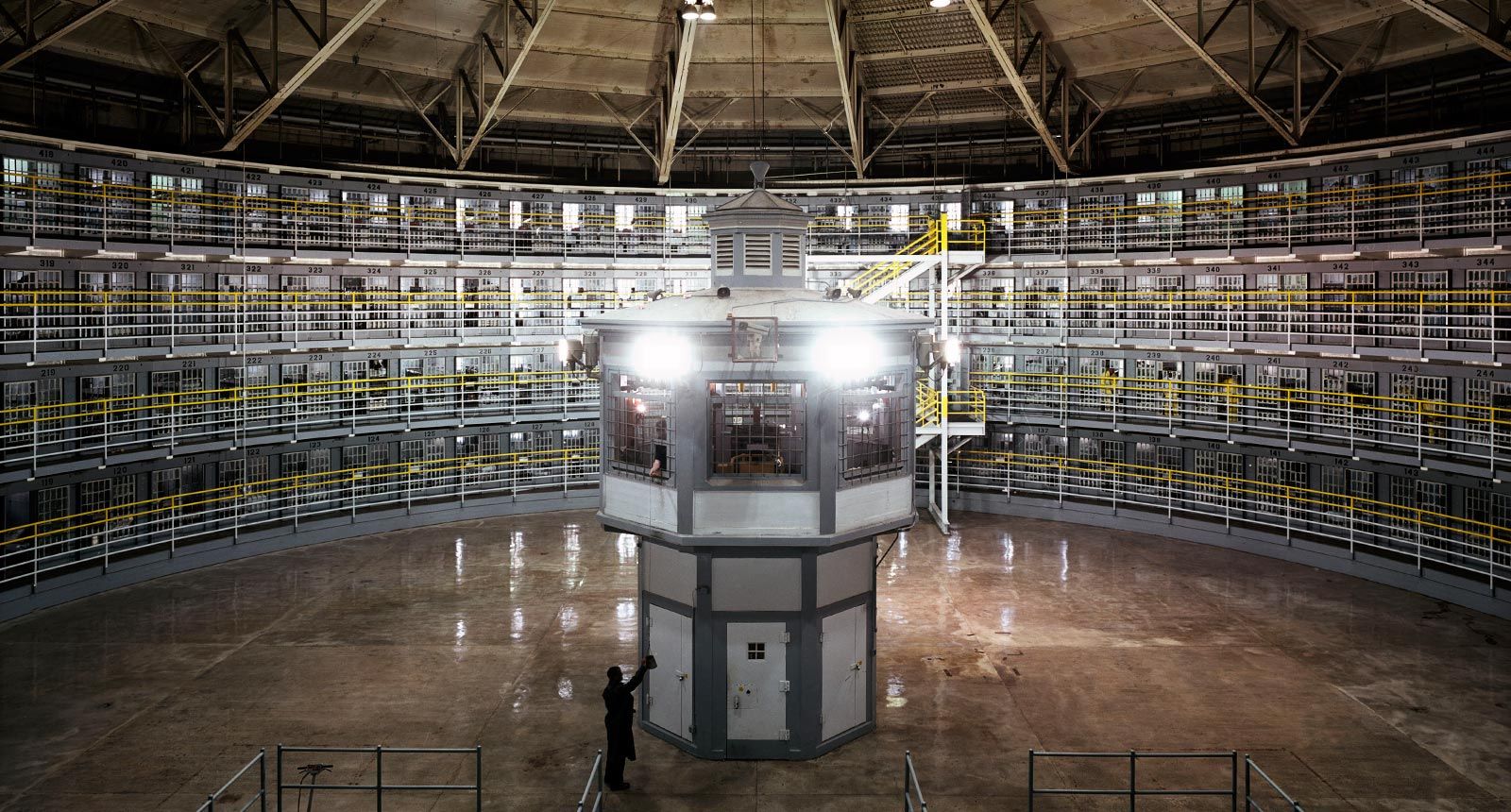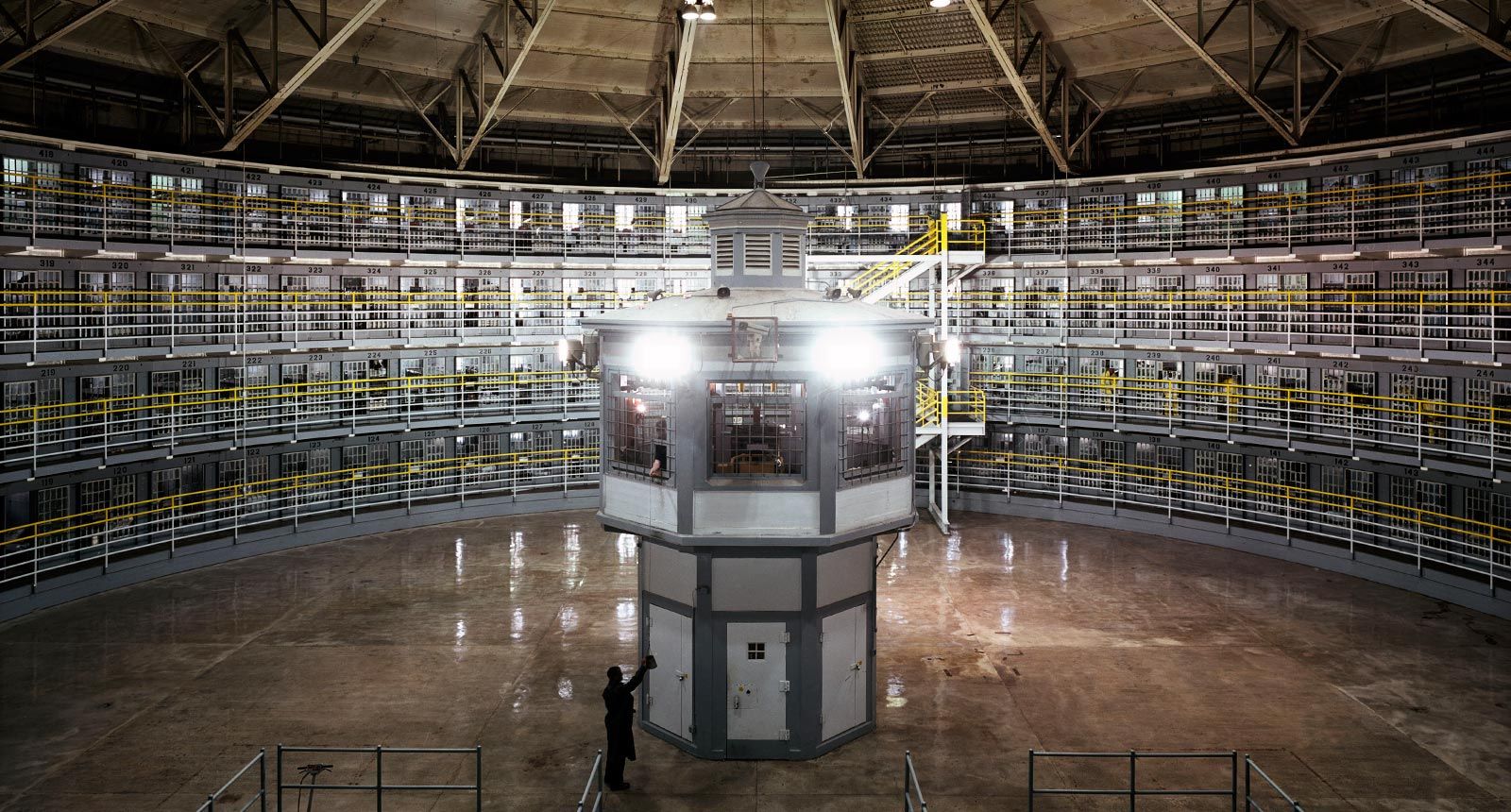Coliving is an uncertain environment in the COVID and post-COVID world, because it can be and is being interpreted as both an opportunity and a risk: it could be a place for better managed health and hygiene, mutual care and co-quarantine; or it could lead to more rapid spread and lax standards.
Actually, this is just one of the dimensions of the co-living debate, and they are all in more or less the same form: does living in a semi-managed way with others, in close and shared quarters, lead to a better and more efficient life, or worse and less efficient?
I'll cover design, social and other aspects of coliving in full in a later newsletter - it's one of the most interesting and important evolutions in the residential real estate environment, and modern lifestyles, but the experiment hasn't evolved very far at all, and hasn't acknowledged potential lessons from more or less recent past models.
For now, some notes on coliving vs an emerging category or cluster of living typologies that has been active and successful around the world for many years, but somehow is not contrasted routinely with coliving, nor even has a stable name. Not sure what to call this, but we can tag it smartliving for want of a better phrase.

What does it include? The formats in this category are familiar in the background to curious designers and travellers, but haven't somehow coalesced into a combined statement, even though many of them have features which overlap each other:
- capsule hotels
- micro-studio apartments
- fold-out furniture and modular space studio apartments
- tiny homes
- van life
You can add more subcategories to smartliving, and they will overlap more or less with those, but the essential feature is very compact use of personal space.
This clearly reaches towards one of the challenges and opportunities of coliving - making residences more compact - which property developers are hungry for.
So it's notable that coliving design and development hasn't generally looked to implement the best of smartliving. One way we know this to be true is smartliving is good at something which coliving is bad at: privacy, not in the technical sense, but in the psychological sense.
Many floorplans of coliving share a genealogical ancestor that they really wouldn't want: prisons. Bad coliving designs, seeking efficiency, end up not just with bad spaces for individual users - which smart living tells us should be good - but also layouts that make these spaces not very private.
- Private spaces opening directly into shared spaces
- Too much traffic in preferably private connecting spaces (bedroom to bathroom for example)
- Too little texture and privacy gradient in shared spaces (such as only a long table in the kitchen)

These are some of the things that smartliving folks would never accept, who, if nothing else know that that their privacy is taken seriously. It's worth remembering that to enjoy smartliving is already, by design, to accept a kind of coliving. People go and use the shared spaces of a city, or nature, as complement to their private spaces: as everyone knows, one of the beauties of real cities is how they facilitate privacy in anonymity and some real choice.
But that's not necessarily very convenient, and it doesn't come with all the choices. You can choose which restaurant to go to, and in a city there are many. But you can't choose to cook for yourself at any of them.
So, smartliving presents not just one but two inspirations to coliving: make individual private spaces better, and make privacy work. If it doesn't, smartliving plus a great city environment might turn out to be the better option for developers and users.
But if coliving can learn those lessons, and then offered convenient, high-quality choices to users that even the city can't offer, then it feels like it will be the winning format people want it to be.

